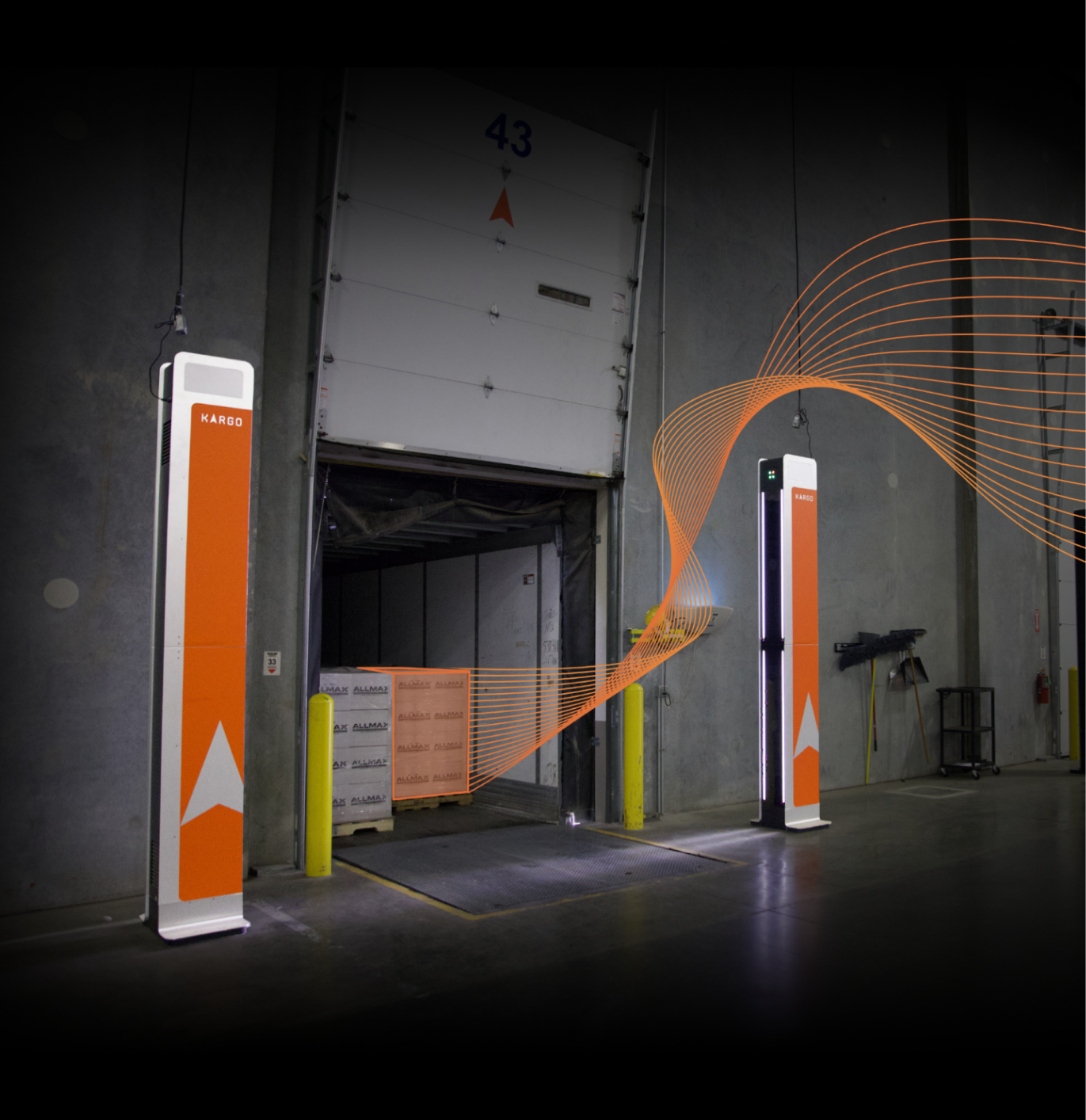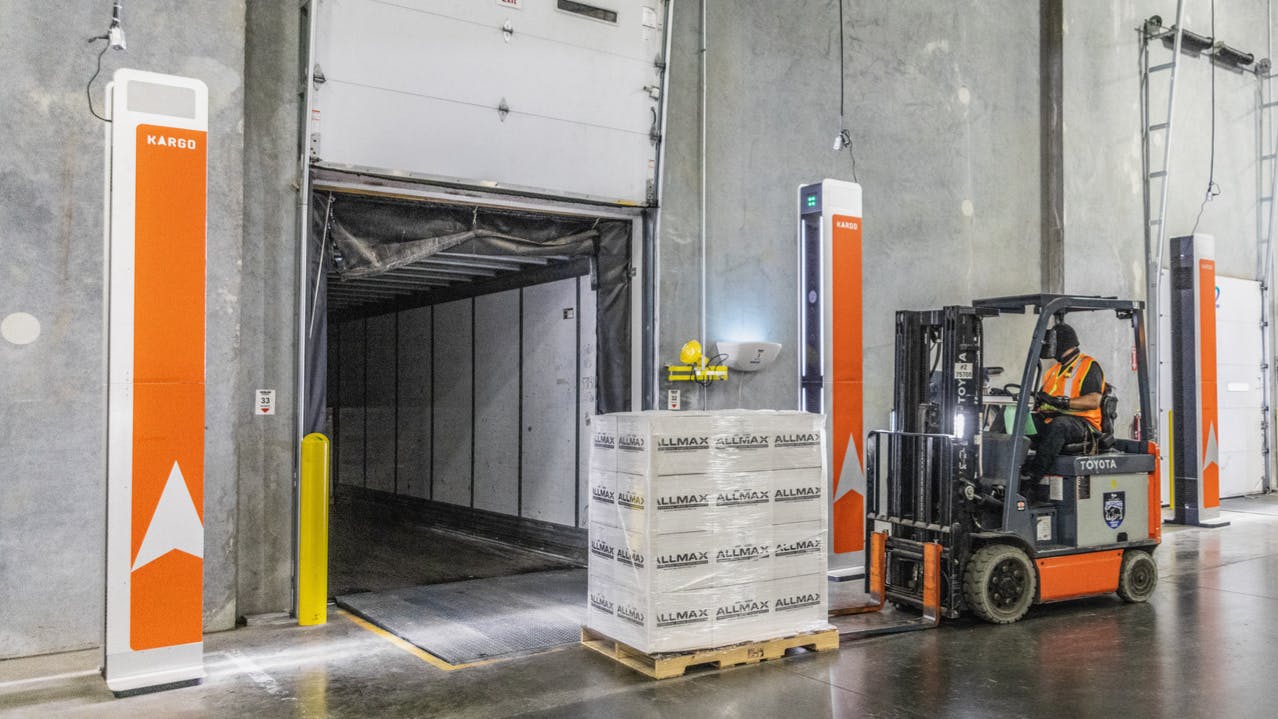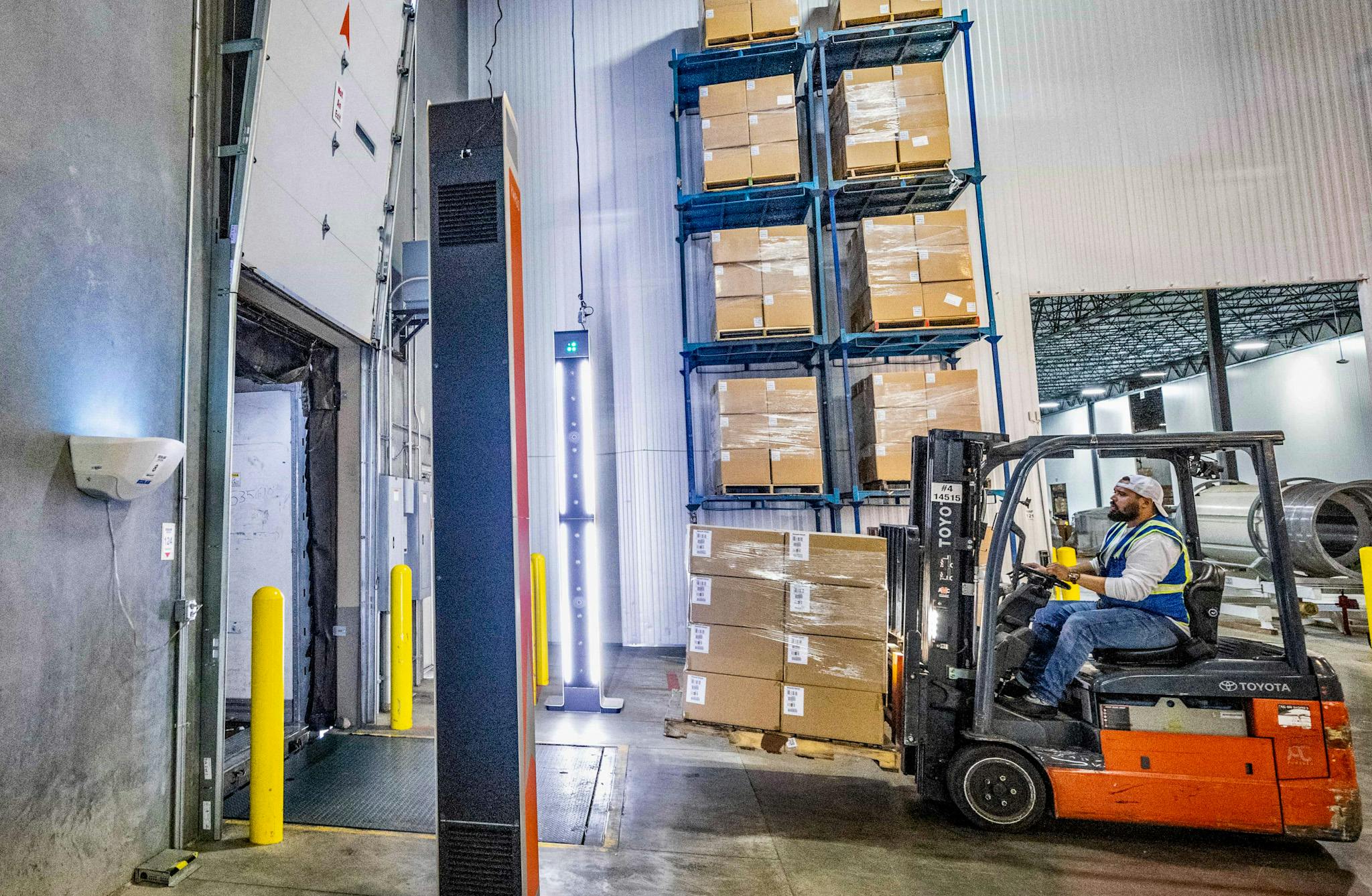OS&D
3 Ways to Control Spending on OS&D
| Kargo | 5 min
Your New OS&D Tactics



A recent Kargo x Freight Waves report revealed some startling truths about OS&D (overages, shortages, and damages). The main takeaway: Everyone deals with OS&D claims—and the related expenses—but no one believes they really owe as much as they pay. In some cases, companies only feel responsible for around 10-30% of their monthly OS&D payouts.
The report had another important takeaway. Shippers, carriers, and 3PLs are all doing their best to bring clarity and predictability to costly claims processes. They’re assigning staff to investigate. They’re developing internal workflows. Many companies told us they go to great lengths to manage communication with claimants, who are often long-time partners.
So, if you’re wondering why you can’t control your OS&D costs, rest assured it’s not just you. It’s everyone. That’s why we’ve identified three ways you can cut OS&D costs with Kargo. Let’s dive in.
Reject OS&D claims that aren’t your fault
Companies report one overwhelming reason for paying OS&D claims: They can’t prove they’re not at fault.
Kargo solves this problem with efficiency and accuracy. Kargo Towers capture and translate pallet information automatically, as freight passes through warehouse loading docks.
A combination of wide field-of-view and high-precision cameras see anything a human eye could see. Image and video media are delivered in real time and saved on the Kargo Platform or available on your existing systems via integration.
If your company receives a claim and you aren’t certain it’s your responsibility, you can investigate on the Kargo Platform and resolve the matter quickly. The platform makes it easy to search shipments, access visual proof, and pull documentation.
If the shipment was accurate when it left your warehouse, you can share the evidence and reject the claim without causing relationship friction.
Depending on your situation, this may be enough to dramatically reduce your OS&D costs. If it turns out you actually do owe on most claims, you can use the data to identify trends and drive improvements. In either case, certainty has its own set of benefits. When you know your budget reflects reality, you’re better able to forecast, plan, and reinvest in growth.
Standardize the claims resolution process
A lack of standardized OS&D resolution processes is costly. The Kargo x FreightWaves report indicates that 72% of customer teams and 69% of finance teams spend up to 20 hours each week resolving claims. This ties back to weak industry protocols that fail to provide a consistent standard of proof.
For instance, if you’ve signed the bill of lading and taken possession of freight, any exceptions could technically be considered your responsibility to resolve.
It gets a little more complicated when a claimant says they signed the bill and took possession, but checked the freight for accuracy only after the truck left. Now everyone is in limbo. Timing is fuzzy. There are gaps between events. Even pictures can only show that a pallet is crushed, not how or when it was crushed.
If you’re a shipper, you might try to determine responsibility by pulling email attachments and time-stamped notifications to build a case. If you’re a 3PL, you might be going back and forth, trying to keep multiple partners satisfied at the same time. This is not the rewarding part of anyone’s job.
Instead, establish processes that save you time and effort. With Kargo, you can automate the capture of freight data during shipping and receiving, eliminating the inconsistencies of manual counting, scanning, and picture-taking. On the Kargo Platform, you can refer to bills of lading, images and video, and other documentation.
By creating workflows that resolve claims with accuracy and efficiency, you can dramatically reduce the cost of investigations. Saving the aggravation may be worth something, too.
Use data to drive continuous improvements
Computer vision can do more than cut OS&D-related costs in the short term. It can also promote a culture of continuous improvement.
Kargo provides complete data accuracy, meaning the patterns and outliers you discover on the Kargo Platform provide a foundation for solid insights and strategy.
For example, it only takes a few minutes to discover the efficiency rate of your staff at each loading dock door. There may be a sweet spot, where they’re meeting throughput goals without error or exception. Find it and test it across dock doors to set a benchmark for reducing OS&D events.
Across warehouses, you can work with facility data to map freight journeys. You may find certain nodes in your network are more exception-prone. For example, they’re in regions with volatile weather or worker shortages. You could route lower-cost freight through them and reserve your safer routes for high-value goods. A strategy like this could drive down the average cost of claims considerably, saving tens of thousands of dollars or more each year.
Take action against OS&D
Computer vision can help shippers and 3PLs transform how to handle OS&D. At Kargo, we’ve done the research on exception management. Our solution represents a turning point in OS&D resolution, providing the entire industry with the accuracy and insights needed to reduce error, effort, and expense.
If you’d like to learn how computer vision can cut your OS&D costs instantly, let us know.
Questions?
Connect With us
Ask us anything or drop your email to stay in touch








